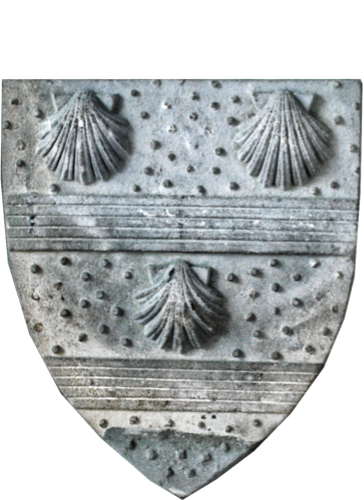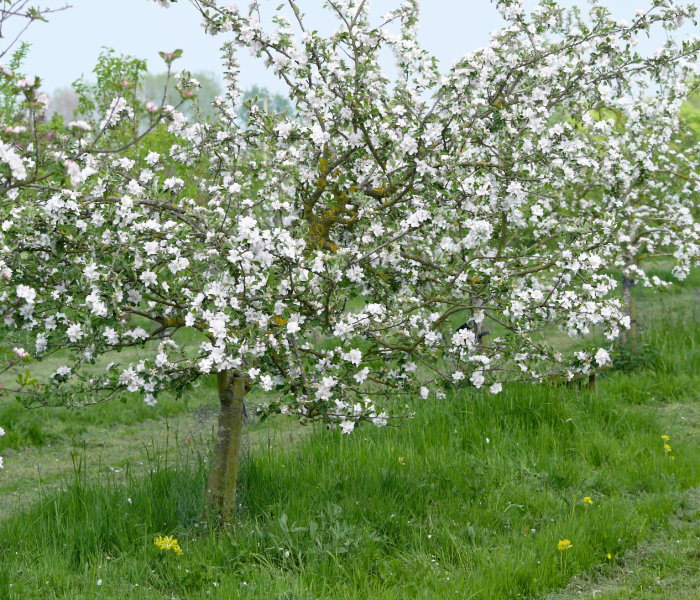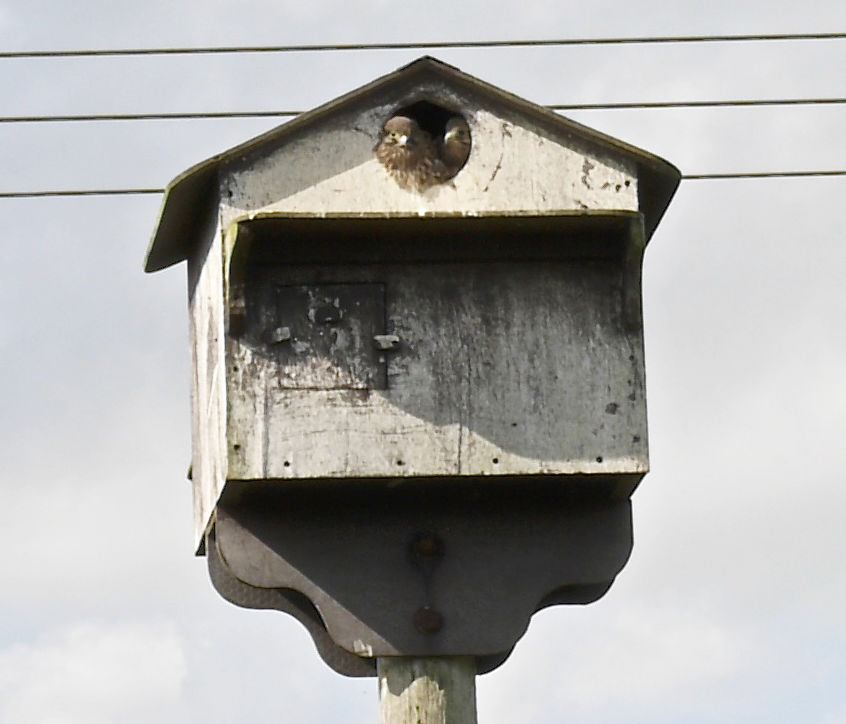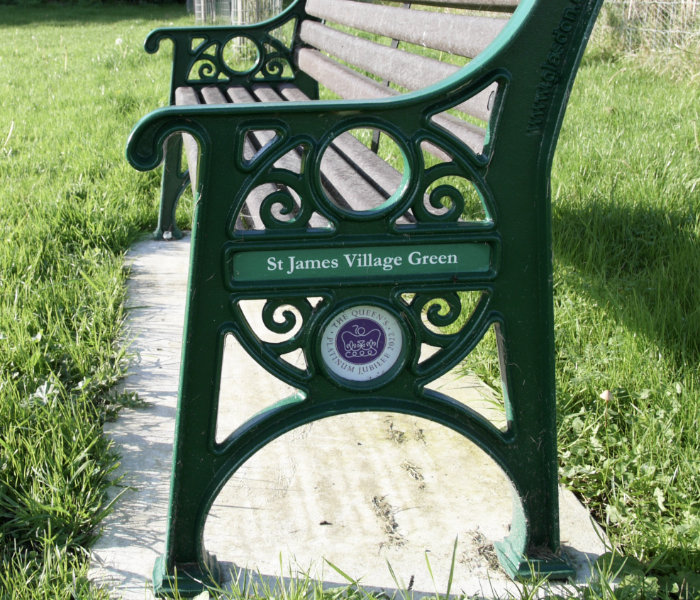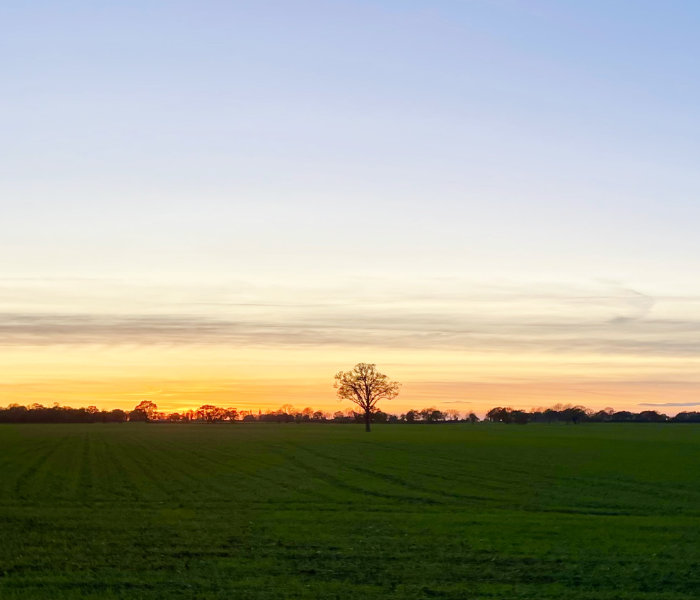Care and Maintenance

First, the trees: the great majority have established themselves and continue to grow. Some have failed even though they started well and have been replaced with other varieties or types. With the help of volunteers from the village, and surrounding neighbours, we have a moderate regime of pruning for non-stoned fruit in late winter/early spring.

The underlying meadow management has changed since the early days when we allowed it to grow at will until the flowers had in the main finished. This meant that the eventual mowing created a huge volume of long cuttings which had to be collected by hand (mechanical baling was not an option). We then had a second round of fundraising from our generous sponsors and supporters which enabled us to acquire a small tractor and a flail mower that would tackle and chop even the toughest of plant stems. We no longer have to rake, pick up and remove from site a large amount of long cuttings.
We also wanted to improve the support that we could give to orchard wildlife. With this in mind, we now make our first meadow cut in late spring, cutting the central clearing (obviously), around the perimeter but leaving the boundary ditch alone, and then cut between the trees along all the numbered rows, the other axis remaining uncut. This happens every 2-3 weeks until late September/early October when the whole field is cut before the winter. Where the tree growth has now reached an extent that the tractor and flail can no longer get underneath, we use a heavy strimmer to clear up to the tree guards. We hope with this we can maintain a balance between volunteer manpower, tree care, visitor access and enjoyment and the needs of local wildlife.
Most other maintenance is taking care of our much-regarded hut which needs minor woodwork sometimes. And periodic coats of paint, red (for the roof) and black (for the rest. The five benches need occasional cleaning of bird droppings, lichen and owl pellets, and the entry gates and posts are adjusted should they have moved slightly.
The hut comes from the village: it once stood under an apple tree, covered in brambles. It’s been a gathering place for the village children, farm workers have eaten their lunch there, and it has been the bus stop. It needed quite a lot of rebuilding, but it must hold a bit of experience. Now it’s down the road in the centre of the orchard. It has an Indian red roof of corrugated iron, matt black walls and a window that reflects a square of sky. You can go inside and shut the door; it’s like a cool sauna – your world in the middle of nowhere.

